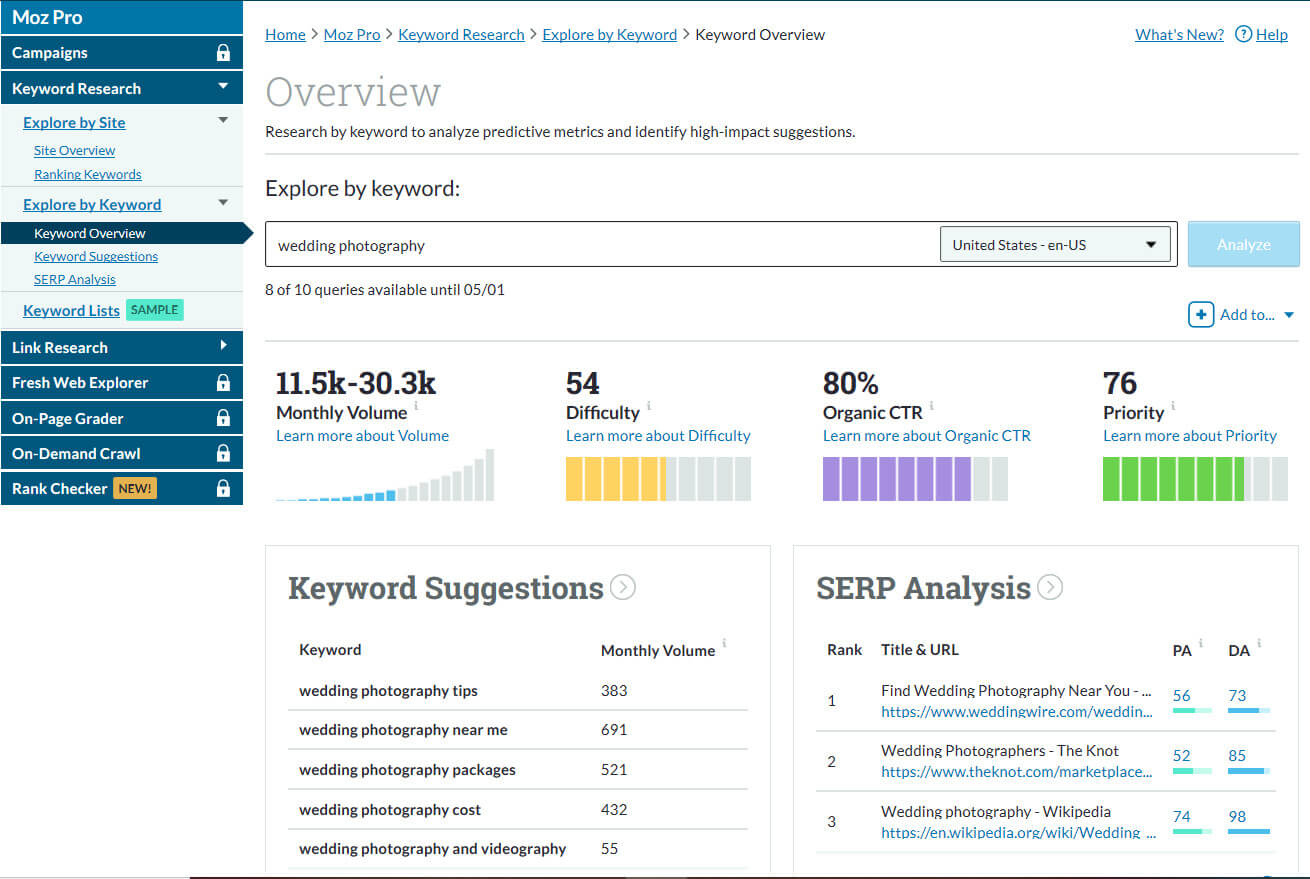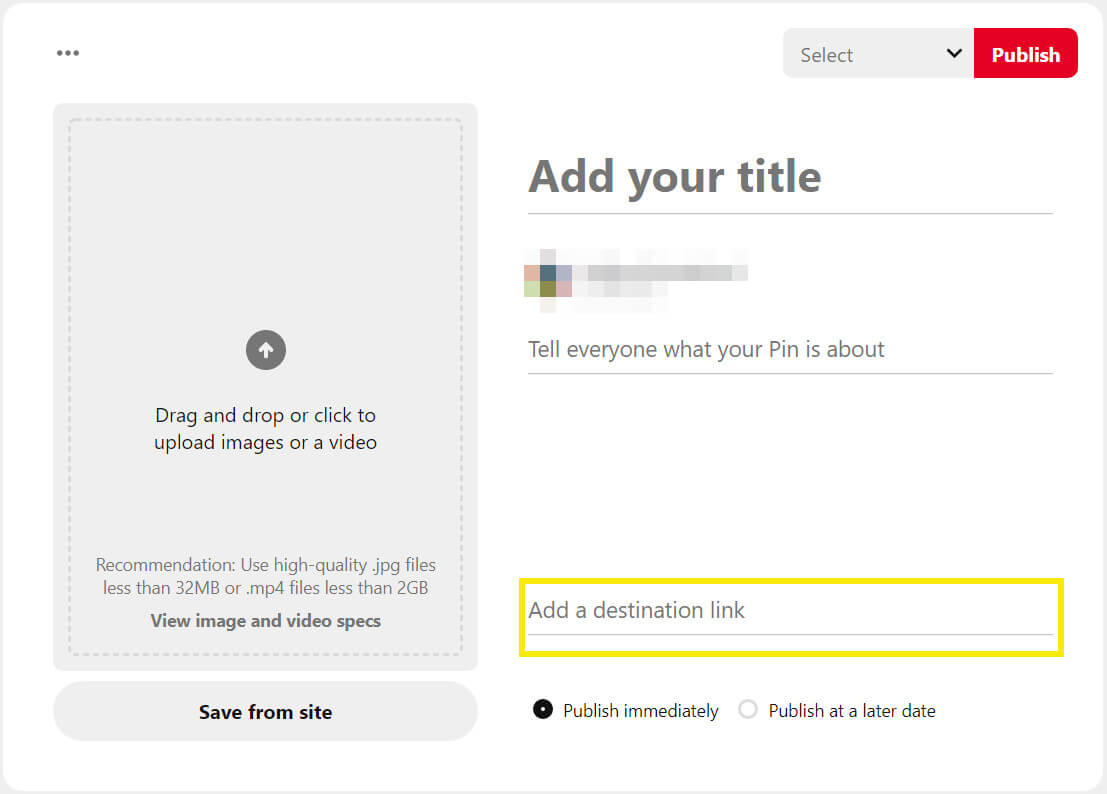You may have a visually stunning photography website, but that alone isn’t necessarily enough to attract clients for your business. It’s important that you find ways to improve your site’s Search Engine Optimization (SEO) and demonstrate your expertise, such as by starting a photography blog.
Written content offers opportunities to rank for multiple keywords and attract organic traffic for your photography site. You can show off your industry knowledge with unique tips and insights for other professionals as well as prospective clients.
In this article, we’ll discuss why you should start a photography blog. We’ll then work through the steps to set one up with WordPress. Let’s get started!
Why You Should Start a Photography Blog
Many photographers make the mistake of thinking their website alone is enough to convince customers to hire them. While this is a solid starting point, adding a photography blog can significantly enhance your online presence.
For starters, your organic traffic is likely to increase when you have a blog. Each post is another page search engines can index. Your content also increases the number of keywords potential customers can use to find you, and you can highlight your portfolio through galleries within your articles.
Plus, the right content can showcase your photography expertise and reassure potential clients that they’re dealing with a qualified professional. The more knowledgeable you appear, the more likely they are to hire you.
How to Start a Photography Blog (In 4 Steps)
Starting a photography blog can be daunting. Fortunately, it only takes four steps to add one to your existing WordPress photography site and is simpler than you might think.
Step 1: Brainstorm Blog Post Ideas
A blog only helps your photography business when you publish quality posts your audience is interested in. As a photographer, coming up with shoot ideas might be easy, but written content could be much harder. Fortunately, there are many ways that you can find inspiration for your blog posts.
Most importantly, each post should provide value for your customers. Your content should tell them something new or answer a question they have. Personal anecdotes can make for interesting posts, but they still need to provide relevant information. You might want to avoid being too personal.
If you are struggling for ideas, you can look at your existing work. A collection you are proud of can provide content for a number of posts. You could talk about the inspiration for the collection or how you achieved certain technical aspects of the images.
You could also post tips and tricks for other photographers. These posts can highlight your expertise and help position you as an authority in the field. For instance, you might publish tutorials on photography techniques or equipment reviews.
Step 2: Optimize Your Posts for Search Engines
Optimizing your posts for search engines can help increase your organic traffic. Ideally, you should have an overall SEO strategy for your website that covers your blog as well as your portfolio and any other aspects of your site.
Keyword research is the foundation of a smart SEO strategy. This process helps you find popular search terms people are using that are also related to your content. It can be daunting at first, but tools such as Moz and SEMrush can help:
You start by simply entering a keyword (such as “wedding photography”). Moz or SEMrush will then provide a list of similar keywords as well as their search volume, how competitive they are, and the top results for that search. You can assess which terms you might be able to rank highly for and use them in your posts.
There are also plugins such as Yoast SEO that can help you optimize your posts. This tool provides on-page optimization suggestions and assesses the readability of your posts.
Step 3: Create a Posting Schedule and Publish Consistently
While having a blog is useful, posting sporadically reduces its benefits. Publishing consistently provides new information to your readers and search engines. Fresh content also tends to be viewed as more relevant and credible.
Creating a posting schedule can help you stay on track and remember to maintain your blog, too. Exactly how often you publish is up to you, but you should come up with a goal that you can feasibly reach. Once per week may be a reasonable starting point.
WordPress makes it easy for you to write posts ahead of time by enabling you to schedule them for publication at a later date. Scheduling your posts according to your editorial calendar leaves you more time to focus on your photography and prevents you from scrambling to write a post the day it’s supposed to go live.
Step 4: Promote Your Posts on Social Media
Sharing your photographs on social media can drive traffic to your website. The platforms you are currently using for this strategy could also help you promote your blog content. For example, Pinterest is a highly visual platform that also enables you to share links:
You can pin a photograph and link it to a corresponding blog post. Alternatively, you could create custom graphics for your pins instead.
Instagram is also an excellent platform for photographers. While you can’t include links in individual posts, you can set up a link in your bio to direct followers to your blog.
Conclusion
Blogging can be daunting if you are not used to expressing yourself through words. As a photographer, you might be more comfortable with your camera, but a blog can enhance your online presence and drive traffic to your portfolio.
To start your blog off on the right foot, follow these easy steps:
- Brainstorm blog post ideas.
- Optimize your posts for search engines.
- Create a posting schedule and publish consistently.
- Promote your posts on social media.
Do you have any other tips and tricks for starting a photography blog? Let us know in the comments below!
Image credit: Pixabay.




